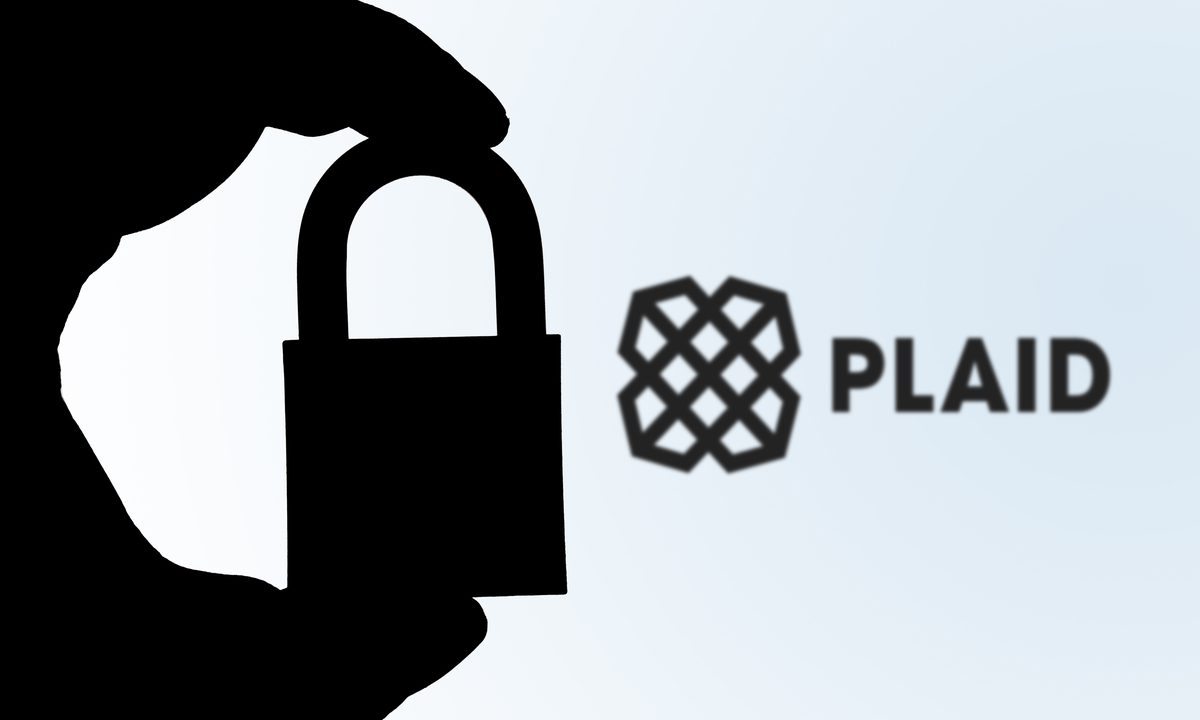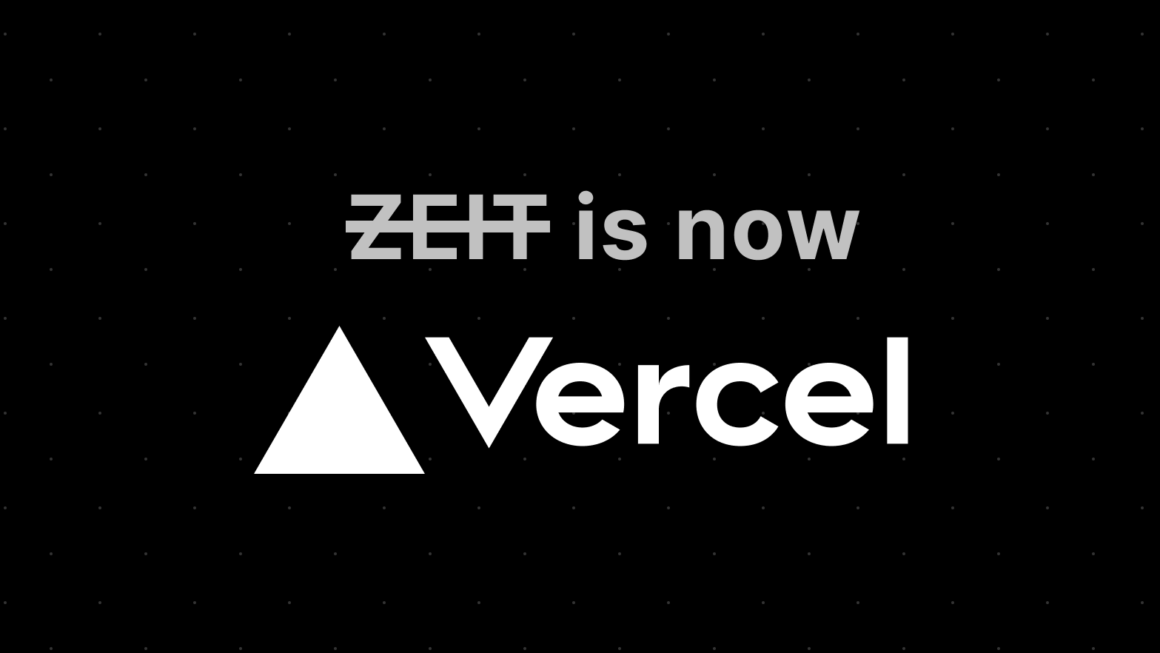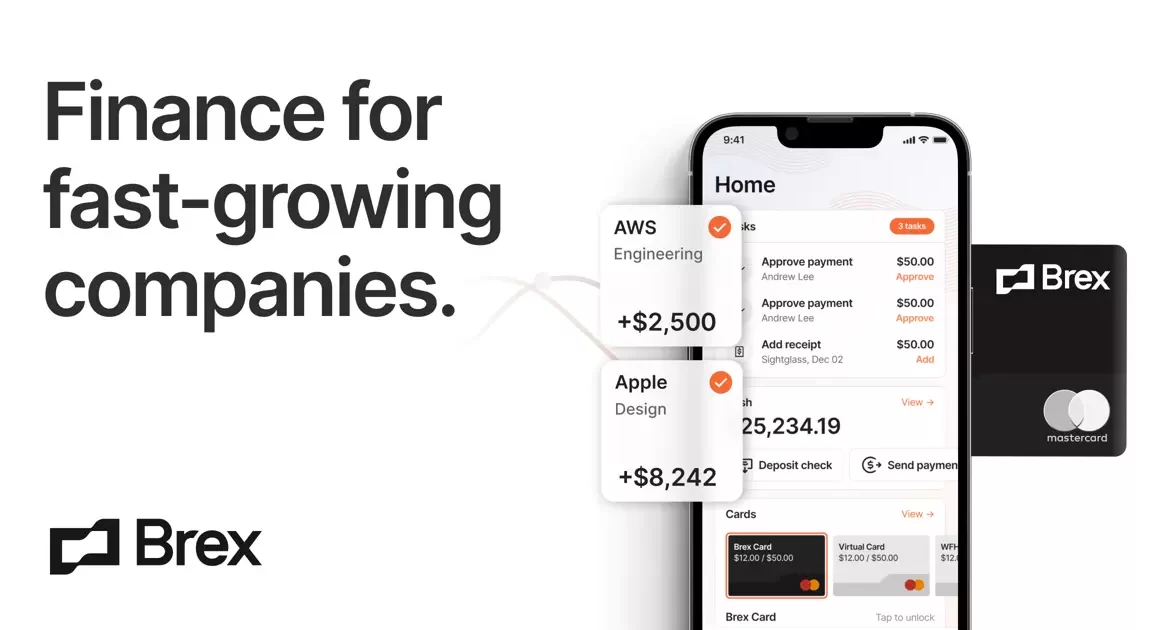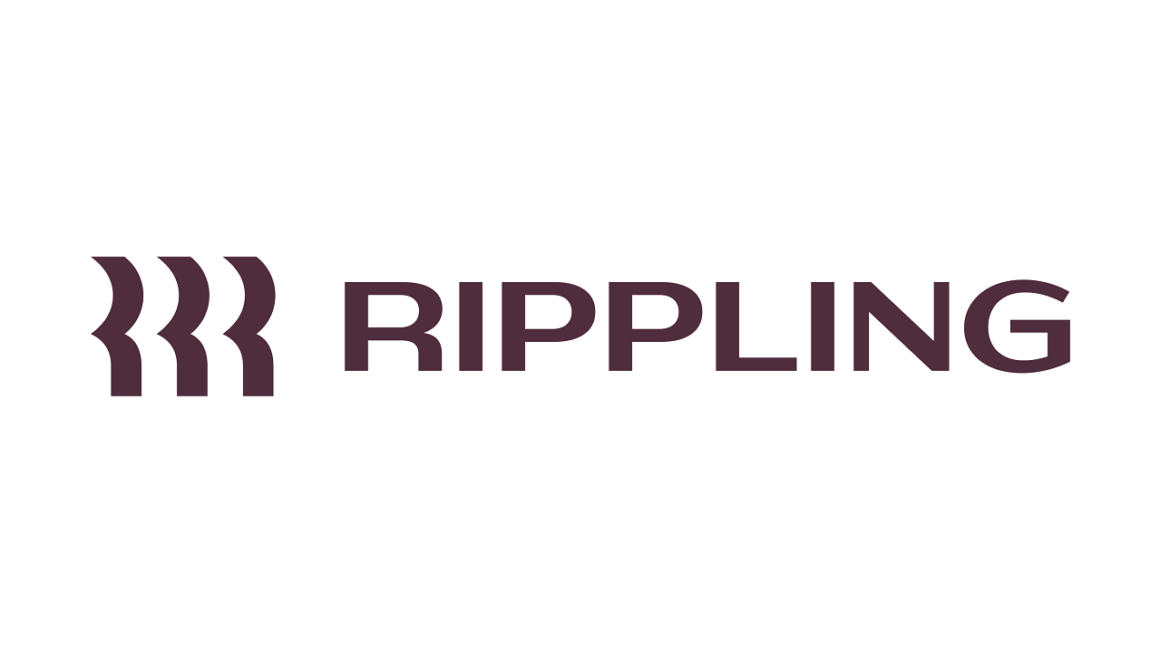Plaid is a company that creates a data network programming interface that allows customers to link popular financial technology applications to their traditional bank accounts. The platform of the company accesses transactions and personal data such as names, phone numbers, addresses, and emails from thousands of financial institutions, authenticating and verifying information in real-time, allowing consumers and businesses to interact with their bank accounts, check balances, and make payments through financial technology applications.
Plaid’s technology platform offers the tools and access needed to build a digitally enabled financial system. Plaid believes that its platform enables building financial services and applications easier and safer for developers. Plaid initially provided an API to assist developers in connecting financial institutions and clients. They have since combined their data access with a range of data analytics tools to deliver further business insights.
Acquired that never happened
Visa Inc agreed to purchase Plaid for $5.3 million on January 13, 2020, which was projected to be double their valuation following their last Series C investment round in December 2018. Later, both the parties abandoned the deal.
How did it all begin?
After briefly working together at Bain Capital, founders Zach Perret and William Hockey embarked on their entrepreneurial journey in 2012. The couple quickly understood the difficulties presented by even the most basic traditional banking system. Banking was initially designed without regard for the internet, instead focusing on branch-based consumer engagement. Fast forward to now, and the average person has over 15 web applications that interact with their bank accounts. As a result, the duo saw the necessity to disrupt the financial services market in order to enable individuals to achieve the full potential of their financial identities.
Plaid began as a consumer app firm and spent around 6 months developing card-linked financial management applications. Plaid’s restaurant suggestion tool, for example, examined the user’s previous expenditure data to propose new eateries. The products were designed to encourage people to spend less money. Let us pause and consider: Do we really want an app to tell us to spend less? Not at all. That is the same conclusion that the business got during a Venmo client engagement. As a result, Plaid shifted its focus to creating a truly simple and interoperable infrastructure for the financial industry.
Core Business of Plaid
The main objective of Plaid is to create an API-based subway system that connects Fintech apps with conventional banking environments. In order to facilitate the development of various use cases, such as loans, payments, etc., it created a developer platform that gathers and analyzes banking data. Zach Perret describes his business as a data plumbing firm that offers richer data to its customers in addition to being the link.
Plaid’s ability to capture transaction data and augment it by cleaning and classifying the data was one of its first selling points. Since then, Plaid has moved into ACH payments, which are ones where money is taken only from your bank accounts. Identity verification, real-time balance checks, loans, etc., similar to how Netflix deducts money from your account each month.
Source: VISA investor presentation
Plaid is unquestionably the Grasberg gold mine of data, if “Data is gold” is true. One of a person’s most valuable data sources is their banking information. Imagine the kinds of products that may be based on the information it provides about your preferences, spending habits, and travel destinations. However, this vast datatrove has a unique set of obligations.
By January 2020, Plaid has connections with more than 11,000 financial institutions and served over 2600 Fintech and financial institution developers. In the US, one in four users has connected their account to Plaid.
Source: Plaid
Business Model of Plaid
Plaid uses a freemium business model, users may access its essential features without paying any money. Prospects may connect to 100 bank accounts and test sample data in a sandbox setting with the free plan.
There are two premium subscription options for more functionality. It is important to note that the company’s pricing approach is not intended to force a prospect to pick from a menu of plans before we dive into these possibilities. Instead, the plan enables a new customer to get comfortable with the free platform before switching to a personal account that is tailored to their needs.
With that in mind, here are the two paid plans:
- Launch: Launch is a pay-as-you-go choice that allows users to approve accounts, monitor transactions, and check account balances. Prices can be obtained upon request.
Scale: Scale is a more specialized service with bulk pricing, specialized premium support, and integration help (prices start at $500/month). Customers who are enrolled in this plan get access to comprehensive user data on their investments, liabilities, and assets. For instance, this information may be used to determine whether to accept or deny a loan application.
Per-request costs: Plaid imposes a certain price for each request. If the user’s personal financial app enables account transfers, they must make sure the receiving account has adequate money to start with. Plaid will examine the member’s account on behalf of the app firm to enable the transfer and make money in the process. - Ancillary fees
Once a consumer has chosen a paid plan, a number of fees could be charged:
One-time charges: One time charges are levied for services that must only be carried out once. For instance, every time a personal financial app approves a customer account and confirms their identification, a one-time cost must be paid.
Subscription Fees for membership: The same personal finance software would also want to know how its users are allocating their funds. The business makes advantage of Plaid’s real-time account balance monitoring feature to do this. This is invoiced as a recurring subscription cost because it is a recurrent action. Plaid offers bulk discounts and charges for this service on a per-connection, per-month basis.
Read More: Stripe – Success Story, Business Model, Revenue, Growth & Funding
How did it achieve this massive scale?
In order to bring in clients, Plaid used a distinctive marketing technique. They targeted “The Developers,” a group they were most familiar with. They started with smaller application developers and made the developer community their champion. As they grew, they began to approach major corporations, employing a ground-breaking bottom-up selling technique they term “Selling from the basement.”
Plaid created a platform where programmers could enjoy creating their applications as part of this approach. As a result, they become the de facto sales representatives for Plaid when recommending the Plaid platform to resolve a problem at work. Developers and small businesses could use the platform without paying a dime until it grew in size.
Developers and banks are the two groups of stakeholders in Plaid. With regard to banks, they used a top-down strategy, integrating initially with big banks before expanding to the long tail of financial institutions. They integrated their first bank, American Express.
Bank relationships haven’t always been smooth sailing. Banks want to be the ones providing these products while also wanting to provide their customers access to a variety of them. Banks were giving the new Fintech firms a chance to capture some of their business by integrating with Plaid. For Plaid’s benefit, the banking paradigm changed when conventional banks recognized they needed to collaborate with Fintech companies. Therefore, banks serve as consumers, investors, and service suppliers for Plaid.
Source: VISA investor presentation
What are the challenges faced by Plaid?
According to the company’s creator, Zach Perret, paper is their main rival, and digitizing data is their largest difficulty. The availability of clear and comprehensible data is the first line of defense. The struggle will now center on analytics and other value-added services. As a result, Plaid has prioritized data engineers before turning its attention to data scientists.
I think security will be the thing that keeps these entrepreneurs up at night if there is anything. Since they are in charge of millions of people’s financial information, data security and privacy are crucial. Plaid does this by integrating a tiny infrastructure component (similar to Venmo) into each application, which gathers user credentials and tokenizes them on the user’s device. Then, it ensures that the original data is not revealed by passing this tokenized data via its system. The creator asserts that you can never cease worrying excessively about security.
Also Read: Chime – Startup Story And Business Model of America’s Leading Fintech Startup
Plaid’s Funding
Plaid had barely been in business for six years when they were valued at an astounding $2.65 billion, up from $250 million two years prior. They secured $250 million in a Series C investment from Kleimer Growth Fund, Andreessen Horowitz, and Index Ventures in December 2018. Other significant former investors include American Express, Goldman Sachs, Spark Capital, and others.
The success story of their value doesn’t end there. When Visa tried to acquired Plaid (in January 2020) at an absurdly high valuation of $5.3 billion, its value had more than quadrupled in only one year. This comprised $4.9 billion in cash compensation and the remainder amount in the form of restricted stock units for VISA and retention equity. Zach Perret and William Hockey, the company’s founders, will keep leading it.
Later, after regulatory scrutiny, Plaid and Visa abandoned the deal.
To read more content like this, subscribe to our newsletter



